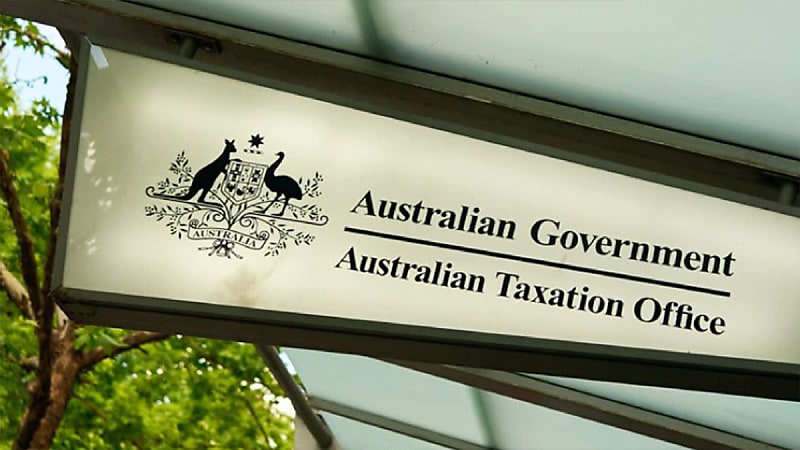ATO releases new checklist for trust distribution resolutions: What trustees need to know

A new checklist from the Tax Office reveals how it will approach trust distribution resolutions.
The ATO has released a new checklist for trustees who wish to make beneficiaries presently entitled to trust income by way of making resolutions.
The ATO has said trusts will need to ensure resolutions meet the requirements explained below, so it is important any trustee is aware of what the ATO expects before making resolutions.
DBA Lawyers senior associate Shaun Backhaus said the Commissioner’s application of long-forgotten tax provisions (in form of s 100A), and recent court cases extending the obligations of trustees to consider beneficiaries (in form of Re Owies Family Trust [2020] VSC 716) has made managing a family trust considerably more complex.
The issues raised in this checklist show correctly managing tax aspects of trusts relies on a good understanding of various trust law principles that can apply.
The ATO also noted the tax outcome in each case will depend on the legal effect of the particular resolutions.
Where there are a range of possible interpretations, the ATO will consider raising alternative assessments where the correctness of each assessment depends upon the proper legal effect of the resolutions. This may include assessments to beneficiaries (including default beneficiaries) as well as an assessment to the trustee under section 99A of the Income Tax Assessment Act 1936 [ITAA 1936] on the highest amount that they could be assessed on under any of the alternative views.
"Alternative assessments are used by the Commissioner in situations where he considers there is genuine doubt about which assessment is appropriate to ensure that assessments are made within the legislative timeframes required," Mr Backhaus said.
“Once the ‘final’ liability has been determined with the Commissioner, by way of agreement or relevant litigation processes, the relevant assessments will be amended. Ultimately, however, the Commissioner would not collect more tax than the final ‘correct’ liability."
The ATO checklist also confirms that if a resolution is validly made by 30 June, the ATO will accept records created after 30 June as evidence of the making of a resolution by that date. Typically distribution resolutions need to be made before midnight on 30 June or prior to the relevant default distribution date/time specified in the deed, if earlier, according to Mr Backhaus.
“While examples are provided of the types of records that would be accepted by the ATO, it seems clear that some written evidence would be required, such as a handwritten note, or family group ‘map’ showing relevant distributions as resolved,” Mr Backhaus said.
“The ATO therefore accepts trustee resolutions that confirm a prior resolution that is not reflected in formal trustee resolutions. Such resolutions should be drafted as confirmatory and dated when completed. Note that backdating documents is subject to serious penalties.”
Trust deeds need to be checked and in order
Most tax-effective strategies including tax-effective distributions require a quality and up to date trust deed. However, many trust deeds that we review are considerably out of date and do not include express streaming provisions, Mr Backhaus noted.
The design of trust deeds differ markedly from supplier to supplier and some trust deeds have automatic default distributions of net income (or distributable income) typically to the primary beneficiaries and some automatically accumulate net income resulting in a trustee assessment at a 47 per cent tax rate (including the Medicare levy).
Mr Backhaus cautioned that there has also been increased complexity in managing the tax considerations that relate to deciding on making appropriate 30 June distribution resolutions.
This includes ensuring franked dividends and associated franking credits are streamed to the relevant beneficiaries and ensuring capital gains are streamed or made to the relevant beneficiaries.
“The ATO checklist provides some guidance for trustees and their advisers as to what the ATO expects by way of distribution resolutions,” Mr Backhaus explained.
“Distribution resolutions must be clear and unambiguous to ensure that unexpected tax liabilities do not arise.
“Trustees should ensure they ensure they are familiar and have the relevant provisions in their trust deed to ensure their distribution resolutions will be tax effective and manage the numerous tax and legal issues that relate to making tax effective distributions. Ongoing management of trusts is also required given the increased complexity of managing the above issues, especially s 100A, division 7A and UPEs.
“A prudent trustee should seek legal advice where there is any doubt about its trust deed, distribution process or resolutions, particularly where an unusual or significant distribution is involved.”

Tony Zhang
Tony Zhang is a journalist at Accountants Daily, which is the leading source of news, strategy and educational content for professionals working in the accounting sector.
Since joining the Momentum Media team in 2020, Tony has written for a range of its publications including Lawyers Weekly, Adviser Innovation, ifa and SMSF Adviser. He has been full-time on Accountants Daily since September 2021.






